The Highwayman Poem Analysis"The Highwayman" is a beautiful narrative poem by Alfred Noyes. The poem has enthused generations of readers with its rich imagery, rhythmic flow, and enthralling storyline. This article aims to delve deep into the profound themes, structural elements, and literary devices employed by Noyes, shedding light on the timeless appeal and enduring legacy of "The Highwayman." 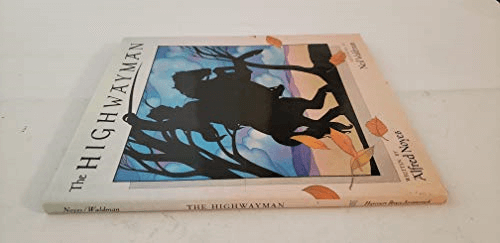
"The Highwayman" opens with a vivid and atmospheric description of the setting?a remote country inn on a dark, stormy night. Noyes meticulously crafts the scene, heightening the tension and anticipation that permeate the poem. The use of evocative language, such as "torrent of darkness," "purple moor," and "moonlit highway," transports the reader into a world of mystery and danger. The CharactersNoyes introduces a diverse cast of characters with distinct motivations and destinies. The highwayman, Bess, Tim the Ostler, and King George's men all play crucial roles in the unfolding tragedy.
Love and TragedyAt its core, "The Highwayman" is a tale of tragic love. The relationship between the highwayman and Bess is characterized by its intensity and sacrifice. Noyes explores the theme of love transcending boundaries, with the lovers defying societal norms and risking their lives for forbidden romance. The tragic climax, where Bess takes her own life to warn the highwayman of the impending danger, showcases the depths of their devotion. 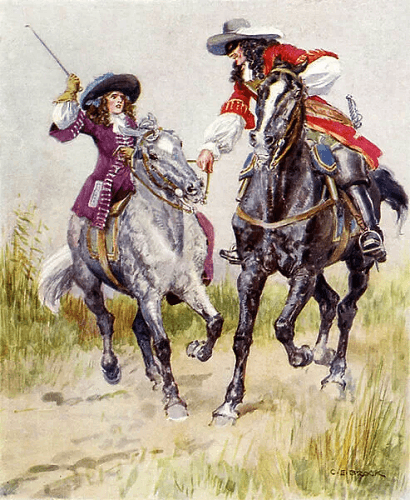
Rhythmic ExcellenceOne of the defining features of "The Highwayman" is its exceptional use of rhythm and meter. Noyes employs a rhythmic pattern called trochaic tetrameter, consisting of four stressed syllables per line. This creates a galloping effect, mirroring the highwayman's horse and adding an element of excitement and movement to the poem. The rhythmic flow enhances the narrative's intensity, captivating the reader from start to finish. Sensory Imagery and SymbolismNoyes skillfully employs vivid imagery to evoke the reader's senses and bring the poem to life. Through descriptions of "black cascade" and "velvet gown," he paints a visual picture of the characters and the world they inhabit. The symbolism within the poem is also notable, with recurring motifs such as the moon, the redcoats, and the ghostly echoes of the highwayman's horse. These symbols add depth and layers of meaning to the narrative, inviting readers to interpret the poem beyond its surface-level storyline. Romanticism and Gothic Elements"The Highwayman" exhibits characteristics of the Romantic and Gothic literary movements. The Romantic notion of individual freedom and rebellion against societal norms is embodied by the highwayman himself, who becomes a symbol of untamed passion and adventure. Gothic elements, such as the gloomy setting, the magical atmosphere, and the lovers' tragic fate, enhance the poem's emotional intensity and add a sense of mystery and foreboding. Narrative StructureNoyes employs a narrative structure that combines elements of ballad and lyric poetry. Dialogue, descriptive passages, and action-driven scenes create a dynamic and engaging storytelling experience. The poem unfolds like a mini-drama, capturing the reader's attention and immersing them in the events. 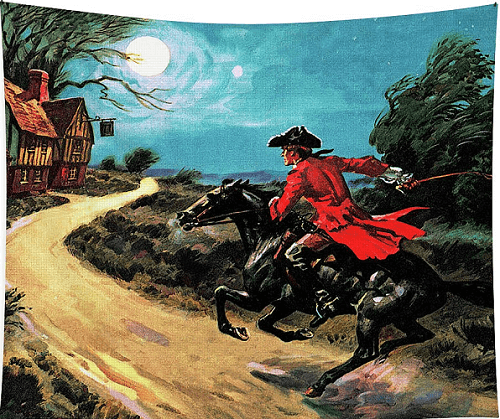
Themes of Fate and DeterminismThroughout the poem, the idea of fate and the inescapable consequences of one's actions are recurrent themes. The highwayman's doomed destiny, Bess's tragic decision, and the relentless pursuit of the soldiers all point to a sense of predetermined outcomes. This exploration of fate versus free will adds depth and complexity to the character's motivations and choices. Social and Political CommentaryBeneath its romantic facade, "The Highwayman" offers subtle social and political commentary. The poem takes place during the tumultuous era of 18th-century England, marked by political unrest and class divisions. The highwayman's defiance of authority and his targeting of the wealthy can be seen as a critique of the socioeconomic disparities of the time. Sound Devices and AlliterationNoyes expertly employs sound devices, such as alliteration and onomatopoeia, to enhance the auditory experience of the poem. Lines like "The moon was a ghostly galleon tossed upon cloudy seas" and "He whistled a tune to the window, and who should be waiting there" create a musical quality, emphasizing the poem's lyrical nature and adding to its overall charm. Emotional Impact"The Highwayman" is renowned for its ability to evoke strong emotions in its readers. The poem's exploration of love, sacrifice, and tragedy elicits excitement, admiration, heartache, and sorrow. The reader becomes emotionally invested in the characters, experiencing their joys and sorrows alongside them. Cultural Significance"The Highwayman" has impacted popular culture, inspiring adaptations in various art forms, including stage plays, musical compositions, and television series. Its enduring popularity speaks to its ability to resonate with audiences across different generations, reinforcing its status as a timeless work of literature. In conclusion, "The Highwayman" transcends the boundaries of a typical narrative poem, weaving together elements of romance, tragedy, and the supernatural. Through its memorable characters, masterful use of language and rhythm, and exploration of timeless themes, Alfred Noyes has created a poetic masterpiece that continues to captivate and enchant readers, ensuring its place in literary history. 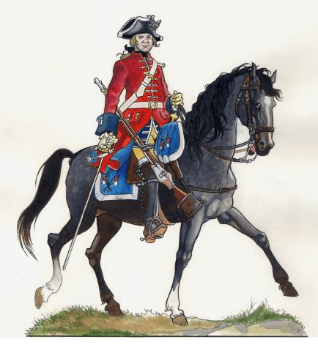
Stanza-by-Stanza Analysis of 'The Highwayman'The imagery, rhythm, and repetition of "The Highwayman" are essential. As the poem continues, the plot develops in each line like a movie picture card. The preliminary figures are the unidentified highwayman and Bess, the landlord's daughter. Tim, the envious informant, is also mentioned; he informs the authorities of the lovers' prearranged encounter. Having the two lovers die horrible deaths and appear as ghosts is a well-known trick. Part One
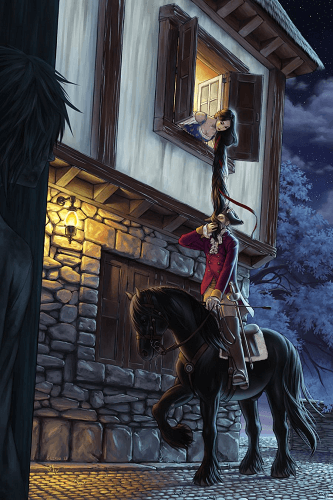
Part Two
About PoetAlfred Noyes was an English poet best known for his narrative and lyrical poetry. Born on September 16, 1880, in Wolver Hampton, England, Noyes was raised in a literary and artistic household. His father was a teacher and taught him the power of words and storytelling from an early age. Noyes studied history at Exeter College, Oxford, and was deeply influenced by Romantic poets such as Wordsworth, Coleridge, and Shelley. His poetic style reflects the romantic spirit, characterized by vivid imagery, emotional intensity, and a focus on nature. One of Noyes' most famous works is his epic narrative poem, "The Highwayman," published in 1906. It tells the tragic story of a highwayman in love with the Innkeeper's daughter, Bess. The poem is known for its vivid descriptions, rhythmic cadence, and dramatic storytelling. "The Highwayman" remains one of English's most famous narrative poems. Noyes also wrote a collection of lyrical poetry, including "The Loom of Years" (1902) and "Tales of the Mermaid Tavern" (1913), which further showcased his talent for creating rich and evocative verses. His poetry often explored themes of love, beauty, nature, and the human condition. Apart from his poetry, Noyes was a prolific writer in various genres. He authored numerous plays, novels, and short stories. His play "Sherwood" (1911) reimagines the legends of Robin Hood and has been adapted into various stage productions. 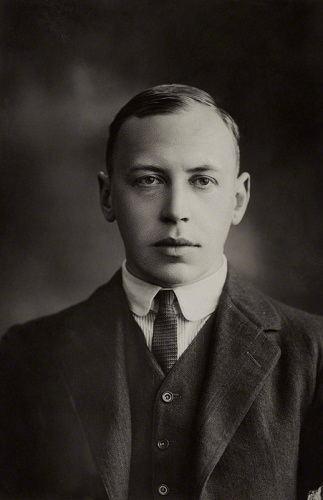
Throughout his career, Noyes was highly regarded as a poetic voice of his time. He received critical acclaim and was awarded the prestigious Harriet Monroe Poetry Award in 1931. Noyes' popularity extended to the United States, where he toured and lectured on poetry. Noyes also had a keen interest in social and political issues. He advocated for peace and spoke against war, especially during World War I. His poem "The Barrel Organ" (1914) is a powerful anti-war statement, reflecting his pacifist beliefs. Alfred Noyes' poetry continues to be celebrated for its evocative imagery, lyrical beauty, and emotional depth. While he is often associated with the Romantic Movement, Noyes infused his work with a unique blend of traditional and modern elements. His contributions to English literature have left a lasting impact, and poetry enthusiasts worldwide still read and appreciate his poems. ConclusionThe enduring literary masterwork "The Highwayman" continues to enthrall readers with its compelling storyline, vibrant imagery, and emotional depth. Alfred Noyes encourages us to consider the complexity of human emotions and the enduring force of devotion via its investigation of love, sacrifice, and tragedy. The poem's powerful language, superb rhythm, and complex tapestry of characters guarantee its position in the history of literary brilliance. As we lose ourselves in the world of "The Highwayman," poetry's eternal power to move our emotions and spark our imaginations is brought to mind.
Next TopicThe Hollow Men Summary
|
 For Videos Join Our Youtube Channel: Join Now
For Videos Join Our Youtube Channel: Join Now
Feedback
- Send your Feedback to [email protected]
Help Others, Please Share









